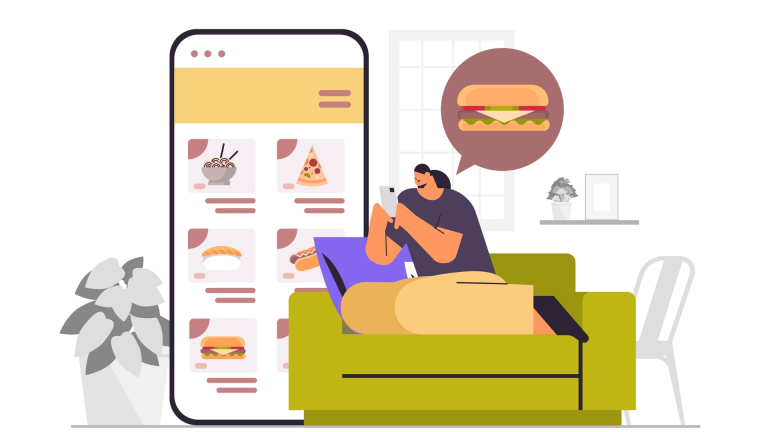For retailers, the addition of a voice assistant has the potential of delivering the most helpful customer service employee directly to shoppers. Whether in an app or stationed inside the store, a voice assistant that can help customers navigate product offerings, filter for color, price, size, availability, and a number of other preferences will create frictionless buying experiences and cost-savings for merchants.
Online shopping has exacted a toll on many retail outlets, forcing them to shutter brick and mortar locations and, in some cases, lose business to larger, established online shopping entities. For many merchants, offering a voice user interface may help to recover market share and widen their customer base by providing greater accessibility to their inventories.
For the 13.2% of people, or over 44 million, in the U.S. with a disability, voice interfaces provide access to products through online shopping, previously unavailable. Retailers who recognize the opportunity may become the merchants of choice for millions more customers who are now able to easily order their products.
5. Voice-enabled hotels and cruise ships
For leaders in hospitality, providing exceptional customer experiences, finding ways to personalize stays, and streamlining operations continue to be top challenges. Add to these an ever-changing economic environment, the evolving whims of travelers, and the need to deliver home-away-from-home experiences, and it’s no wonder hoteliers and cruise line owners feel a constant pressure to innovate.
The growth in smart homes, personal voice assistants, and in-car voice interfaces have been the catalysts for the development of smart hotels and smart cruise ships. According to Statista, there are currently 4.2 billion digital voice assistants in use around the world, and forecasts suggest that by 2024 the number of voice assistants will reach close to 8.4 billion units—a number higher than the world’s population. These forecasts indicate that each person will be using more than one voice assistant and that voice assistants will be in use in multiple areas of every person’s life.








